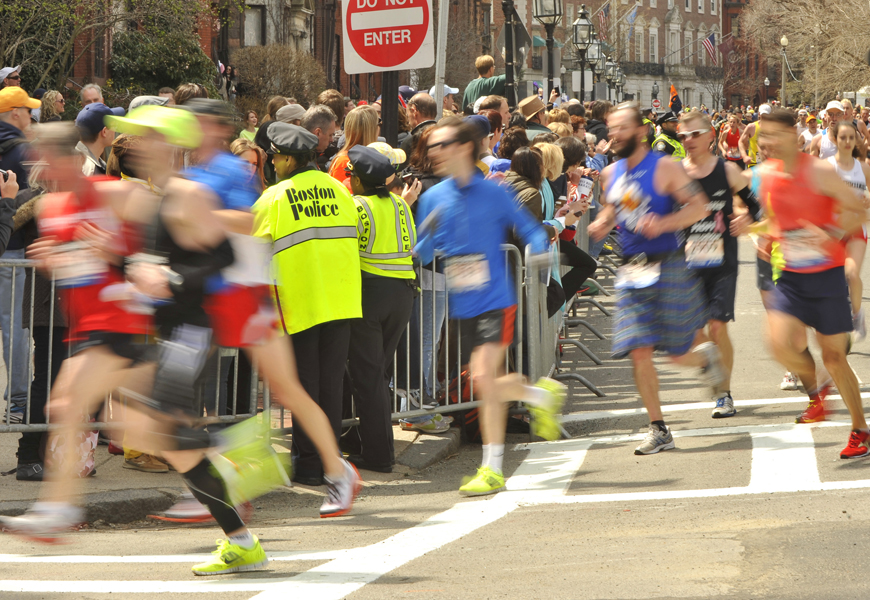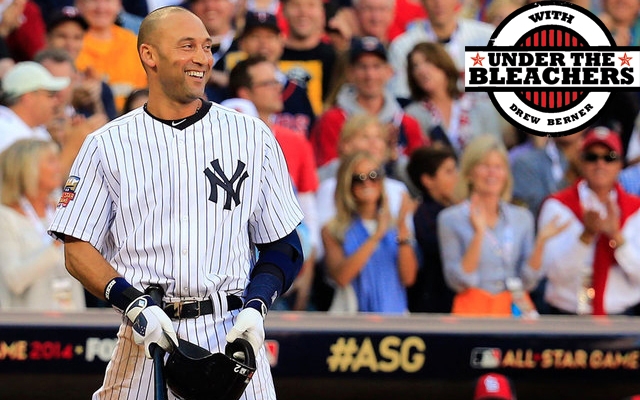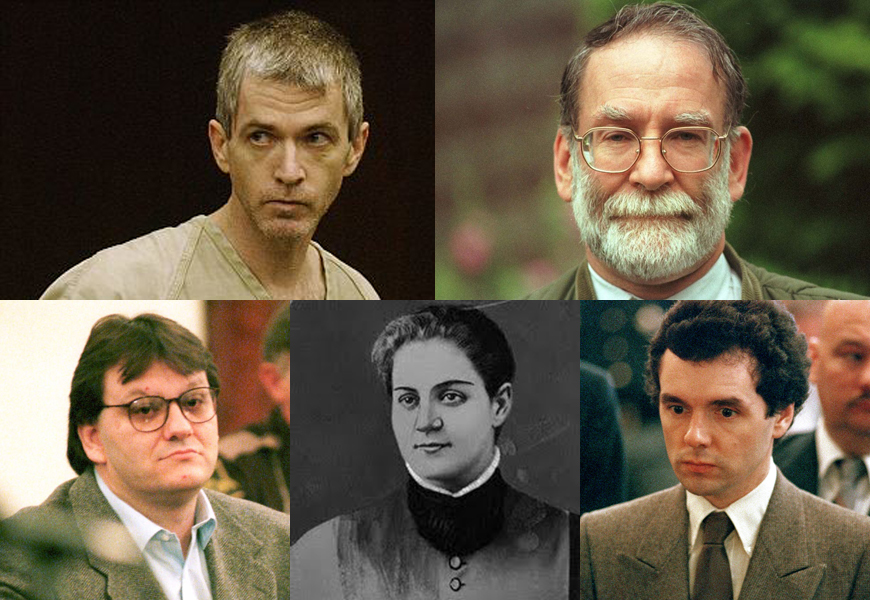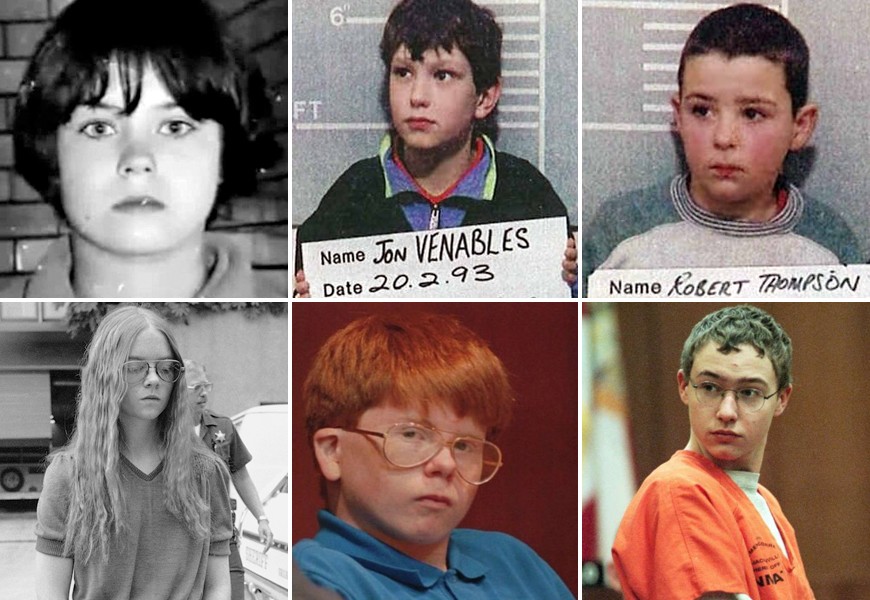Each spring, runners come from all over the world to run the iconic course from Hopkinton to Boylston Street. After all, few road races around the world carry as much significance as the annual Boston Marathon.
Whether you’re running, spectating, thinking of running, or simply following the exciting race from the comfort of your couch, read on for ten fast facts about the world’s most prestigious race, now in its 121st year.
The Boston Marathon is hosted by the Boston Athletic Association
The first Boston Marathon, originally known as the American Marathon, was first run on April 19, 1897, with a course that measured 24.5 miles. Established by the Boston Athletic Association, the original stated mission was to “encourage all manly sports and promote physical culture.”
Fun fact: The Athletic Association’s symbol, the unicorn, still appears on today’s Marathon medals.
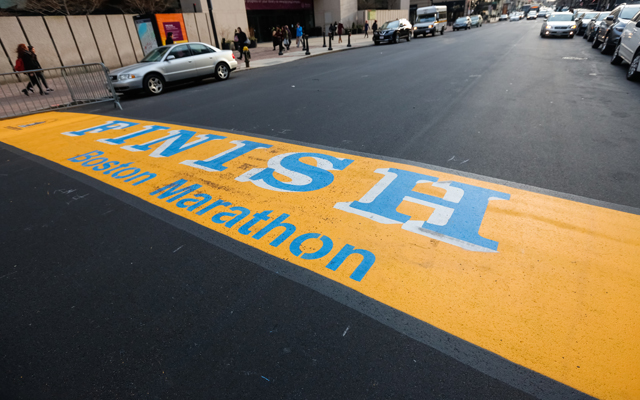
26.2 miles
The Boston Marathon’s now iconic (and scenic) course wasn’t set until 1924 when the distance was changed to 26.2 miles to match the Olympic standard. The race starts in the small town of Hopkinton, Massachusetts and finishes off at the north entrance of the Boston Public Library.
Runners are categorized by gender, then by age
The age categories are Men’s and Women’s Open (age 18-39), Masters (40-49), Veterans (50-59), Seniors (60-69) and 70 & Over. Participants must be 18 years of age on the day of the race and must meet certain time standards to qualify for their age group. Qualifying times depend on the age of the participant on the day of the race.
Visually impaired runners are allowed to participate
Visually impaired runners are allowed to participate in the Boston Marathon, but they must have a five-hour qualifying time. There are also categories for people using wheelchairs and handcycles.
Those infamous qualifying standards
In 1970, the famous qualifying standards were introduced. At the time, a runner had to prove they could finish a marathon in less than 4 hours. Today the standards vary by age group. Of course, due to the overwhelming popularity of the race, hitting the standard doesn’t always guarantee entry to the prestigious race.
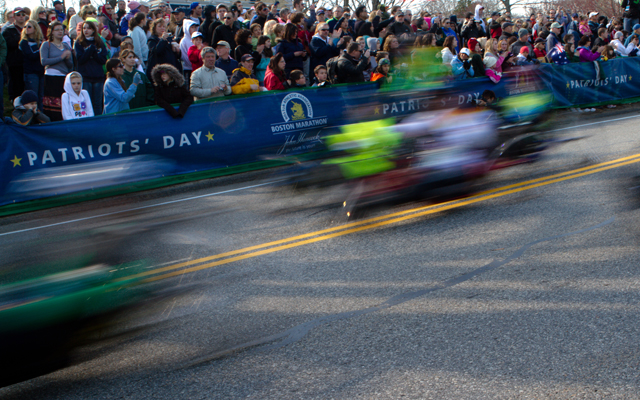
A holiday event
The Boston Marathon has always taken place on Patriot’s Day, a Massachusetts state holiday commemorating the anniversary of the Battles of Lexington and Concord, that kicked off the American Revolutionary War.
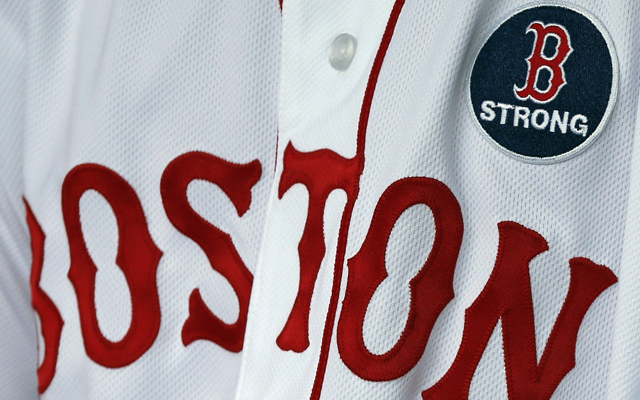
The Red Sox support
For decades, the Boston Red Sox have held a home game that kicks off at 11:05 a.m. on Patriots’ Day. When the game ends, fans and players alike find themselves in Kenmore Square, cheering on the runners who are in their last mile.
Fast times in Boston
In the right conditions, Boston has produced some of the fastest marathon times ever. The men’s course record belongs to Geoffrey Mutai, who ran a then world record of 2:03:02 in 2011. Buzunesh Deba holds the women’s record of 2:19:56, set in 2014.
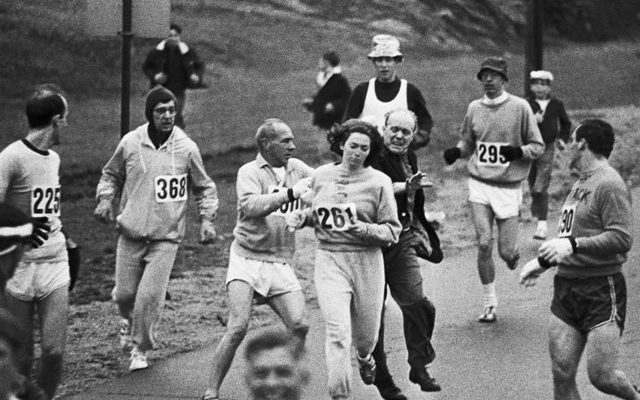
Bib number 261
In 1967, Kathrine Switzer became the first woman to officially run the Boston Marathon. (Bobbi Gibb had been the first woman to complete the race a year prior but as an unregistered, or “bandit” runner.) At the time, Boston Athletic Association rules prohibited women from participating, so Switzer registered using her initials, “K.V. Switzer.” The morning of April 19, 1967, runner no. 261 took her place among the other registered runners, initially blending in thanks to her gray sweatsuit. But a couple miles in, race organizer Jock Semple spotted her and tried to pull her off the course. Switzer’s boyfriend at the time body-checked Semple, and Switzer kept running.
The incident launched Switzer, and women’s running, to the forefront of a national conversation about women’s place in the world of sports.
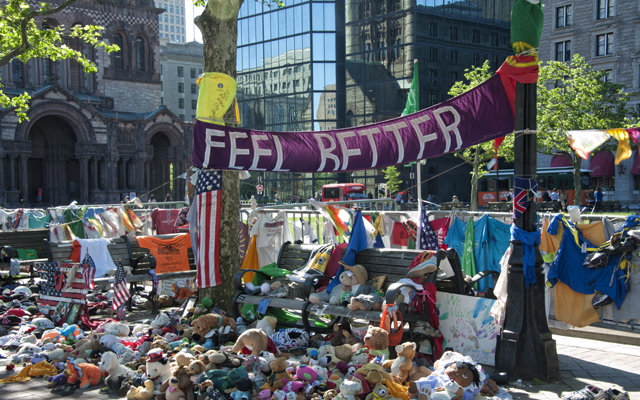
The Boston Marathon bombing
On April 15, 2013, two homemade bombs detonated 12 seconds apart at 2:49 pm, near the finish line of the annual Boston Marathon. The bombs killed three people and injured more than 260 athletes and spectators.
Four days later, after an unprecedented manhunt that shut down the Boston area, the case officially ended with the death of bombing suspect, 26-year-old Tamerlan Tsarnaev, and the wounding of the other suspect, 19-year-old Dzhokhar Tsarnaev.
On April 8, 2015, Tsarnaev was convicted of thirty charges, including the use of a weapon of mass destruction and malicious destruction of property resulting in death. The following month he was sentenced to death.
But instead of backing down, the city of Boston rallied around the more than 36,000 runners who showed up to take on the legendary course the following year and approximately 1 million spectators cheered on the participants.
The “Boston Strong” slogan was created as part of the reaction to the horrific events and has since become a symbol of the city’s hope and resilience.

